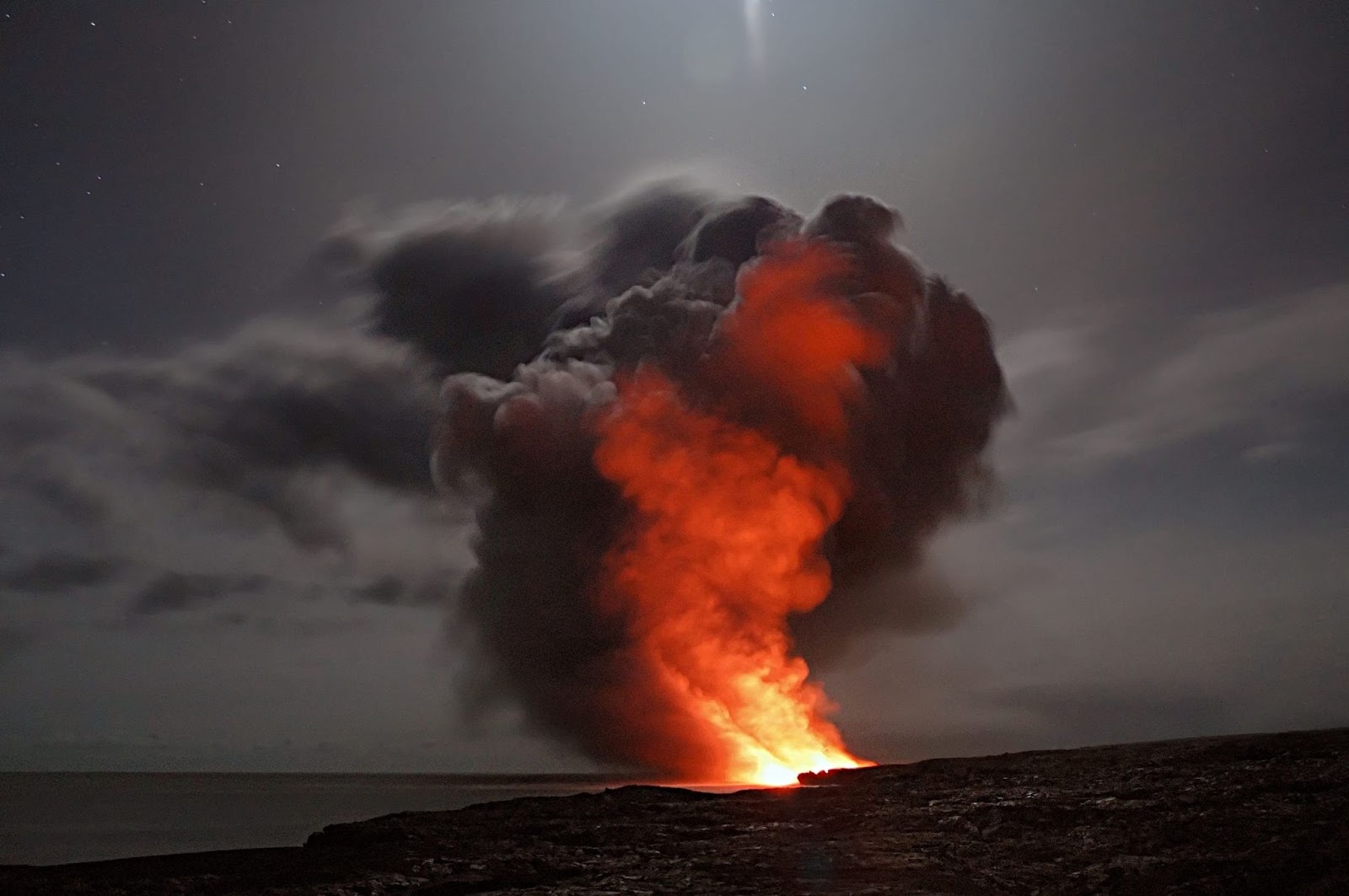When it comes to the safety and well-being of children, it is important to know when to call Child Protective Services (CPS). As much as we hope that all children are living in loving and safe environments, there are, unfortunately, cases where they are not. As adults, it is our responsibility to be aware of the signs and red flags that may indicate a child is in danger and to take action. In this blog post, we will discuss the importance of recognizing these warning signs and knowing when to call CPS to ensure the protection of children in our communities. Don’t wait for disaster to strike – learn when to call CPS and be a part of creating a safer world for children.

Recognizing The Signs: What Might Indicate a Child is in Danger?
When it comes to the safety and well-being of children, it is crucial to be able to recognize the signs that may indicate a child is in danger. While we all want to believe that every child is living in a safe and loving environment, the unfortunate reality is that there are cases where this is not true. As responsible adults, we must be vigilant and aware of the warning signs that something may be wrong.
One potential indicator that a child is in danger is if they have unexplained bruises, cuts, or other injuries. Accidents do happen, but if a child consistently has unexplained injuries or their explanations don’t match up, it may be a cause for concern. Another sign to look out for is sudden and significant changes in a child’s behavior or demeanor. If a child becomes withdrawn, fearful, or shows signs of depression or anxiety, it could be a sign that something is not right in their home environment.
In some cases, you may witness abusive or neglectful behavior directly. If you see a child being physically or verbally abused, or if you observe them being consistently neglected or left unsupervised in dangerous situations, it is crucial to take action immediately. Remember, it is always better to be safe than sorry when it comes to the well-being of a child.
It’s important to note that recognizing these signs does not necessarily mean that a child is in danger. Still, it is essential to take them seriously and follow the appropriate steps to ensure their safety. If you suspect that a child is in danger, it is crucial to report your concerns to Child Protective Services (CPS) in your state. In Texas, you can contact the Texas Abuse Hotline at 1-800-252-5400. They are available 24/7 and will guide you through the process of reporting your concerns.
By being vigilant and aware of the signs that may indicate a child is in danger, we can play an active role in protecting the children in our communities. Remember, every child deserves to grow up in a safe and loving environment, and it is up to us to make that a reality.
Walking the Fine Line: When Observation Turns Into Necessary Action
As responsible adults, we need to know when observation turns into necessary action. Recognizing the signs that a child may be in danger is only the first step. Once you have identified those signs, it is crucial to take the appropriate steps to ensure the child’s safety.
One of the first things you should do is document any evidence you have observed. This could include taking photographs of injuries, noting any dates and times of incidents, or recording any conversations you may have overheard. This documentation will not only serve as proof of your concerns but also help Child Protective Services (CPS) when they investigate the situation.
Next, it is essential to contact CPS in your state, particularly the Texas Abuse Hotline if you are in Texas. They are available 24/7 and will guide you through the process of reporting your concerns. When you contact CPS, be prepared to provide them with all the relevant information you have gathered, including any documentation. Remember, the more detailed and specific you can be, the better.
Once you have reported your concerns to CPS, they will conduct their investigation. It is crucial to respect the process and allow CPS to do their job. They are trained professionals who have experience in dealing with child abuse and neglect cases. Trust that they will handle the situation appropriately.
If you are unsure whether to contact CPS, it is always better to err on the side of caution and make the call. The safety and well-being of a child should always be the priority. Remember, you are not responsible for determining the truth or guilt; that is the role of CPS. Your role is to be a vigilant and caring adult who takes action when necessary.
By walking this fine line between observation and action, we can ensure that children in our communities are protected from harm. Together, let’s create a world where every child grows up in a safe and loving environment.

Case Study Scenarios: When You Should Contact CPS
One of the most crucial aspects of recognizing when to call Child Protective Services (CPS) is understanding the specific scenarios where immediate action is necessary. While it’s important to be vigilant and aware of the signs of danger, there are certain situations where it becomes undeniably clear that intervention is required. Let’s take a look at a few case study scenarios that demonstrate when you should contact CPS.
Scenario 1: Physical Abuse – You witness a child being physically abused by their parent or caregiver. Whether it’s witnessing harsh physical discipline or even an outright assault, any form of physical abuse should never be tolerated. In these situations, it’s crucial to contact CPS to ensure the safety of the child immediately.
Scenario 2: Severe Neglect – You come across a child who is consistently left unsupervised, lacks necessities such as food and clothing, and lives in unsafe conditions. When neglect reaches such a severe level that a child’s health, well-being, and overall development are at risk, it is essential to contact CPS as soon as possible.
Scenario 3: Sexual Abuse – You discover evidence or have reason to believe that a child is being sexually abused. This includes signs of inappropriate touching, explicit images, or any other behavior that suggests the child is a victim of sexual abuse. In these cases, contacting CPS immediately is crucial to protect the child from further harm.
These are just a few examples of scenarios where contacting CPS is necessary. Remember, if you ever find yourself witnessing or suspecting any form of abuse or neglect, it’s always better to err on the side of caution and make the call. By doing so, you become an active part of the solution, ensuring that children in our communities are protected from harm and can thrive in safe and loving environments.
Proactive Measures: How to Prevent Future Incidences and Protect Children

Now that we have discussed the importance of recognizing the signs of danger and knowing when to call Child Protective Services (CPS) let’s focus on proactive measures we can take to prevent future incidents and protect children in our communities.
Education is key when it comes to prevention. By educating ourselves and others on the signs of abuse and neglect, we can increase awareness and make it harder for perpetrators to go unnoticed. Consider organizing workshops or informational sessions in your community to educate parents, caregivers, and even children themselves on recognizing and reporting signs of danger.
Another proactive measure we can take is to create a safe environment for children to open up and seek help. Encourage open communication and create a supportive atmosphere where children feel comfortable sharing their concerns. By establishing trusting relationships with children, we can provide a safe space for them to disclose any incidents of abuse or neglect.
Advocacy is also crucial in preventing future incidents. Get involved in local organizations that focus on child protection and welfare. By volunteering, advocating for policy changes, or supporting initiatives that prioritize the safety and well-being of children, you can actively contribute to creating a safer world for them.
Lastly, always remember that prevention starts with us. As responsible adults, we have to set a good example and be positive role models. Treat children with respect, kindness, and empathy. By demonstrating healthy relationships and nurturing environments, we can help prevent abuse and neglect from occurring in the first place.
In conclusion, preventing future incidents and protecting children requires proactive measures. Through education, creating safe environments, advocating for child welfare, and setting positive examples, we can contribute to a world where every child grows up in a safe and loving environment. Together, let’s take action and make a difference in the lives of children in our communities.


